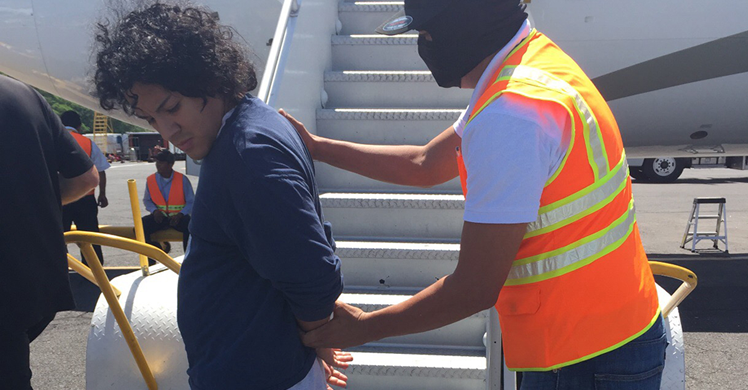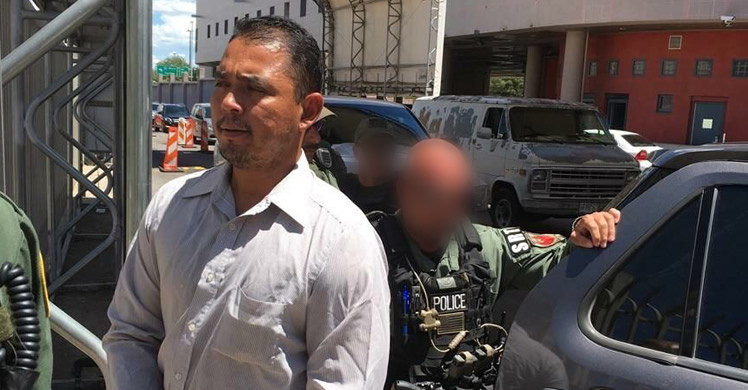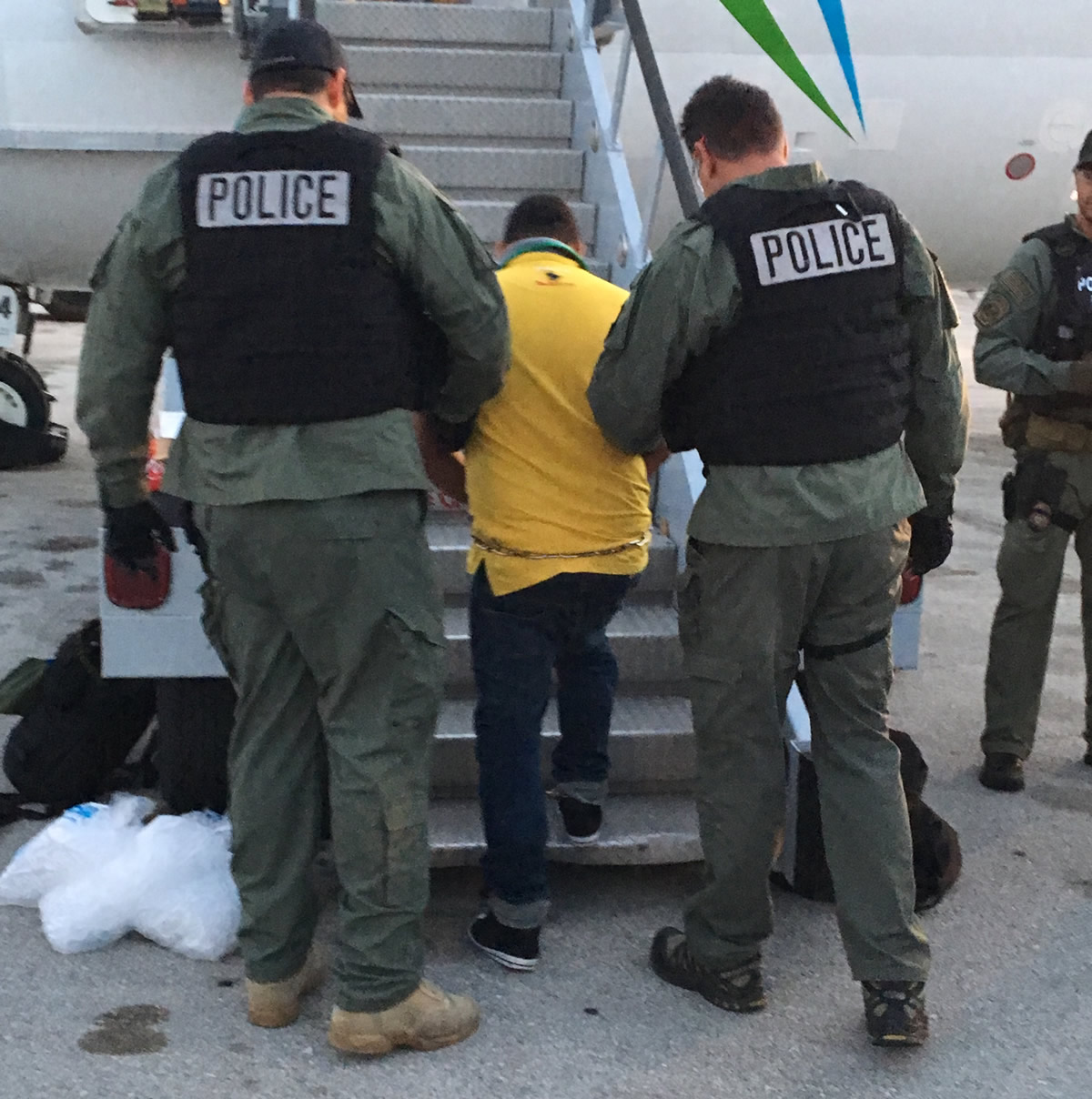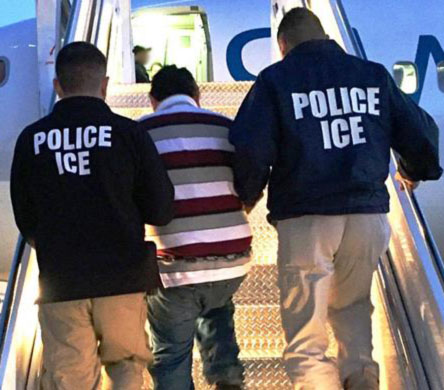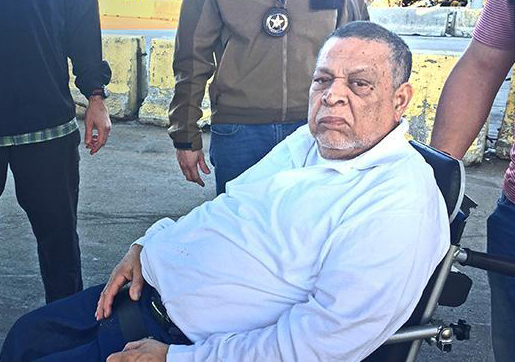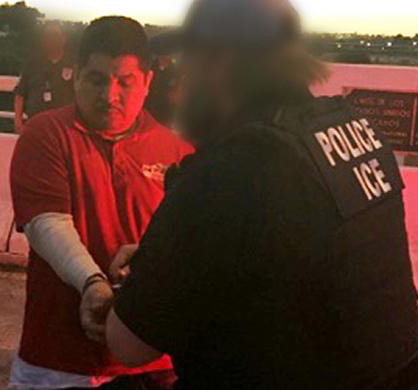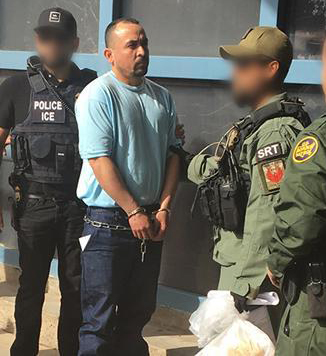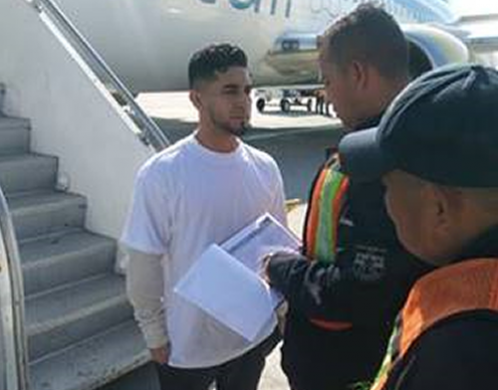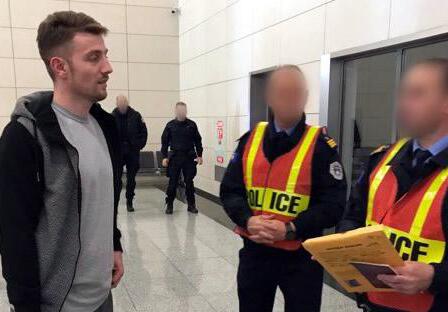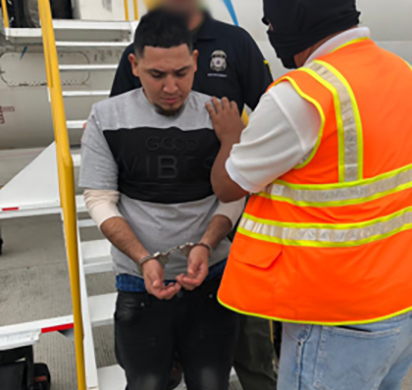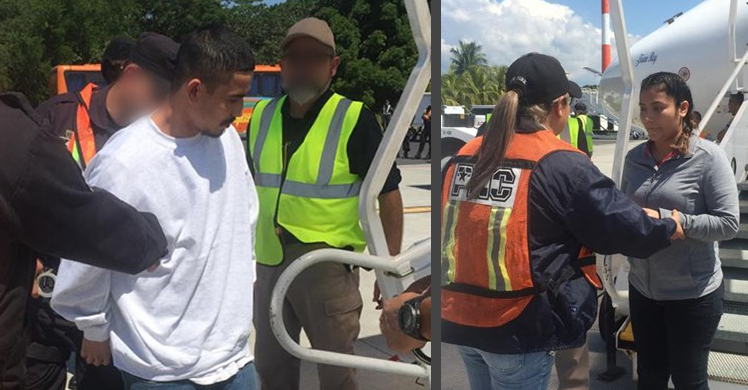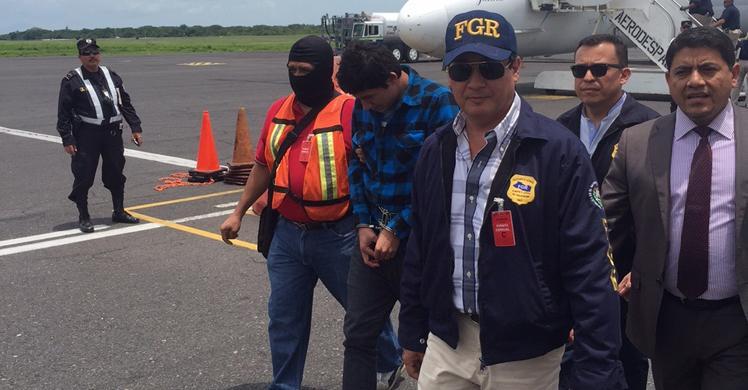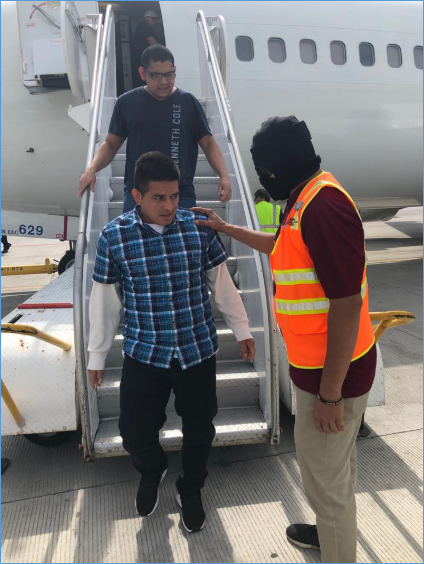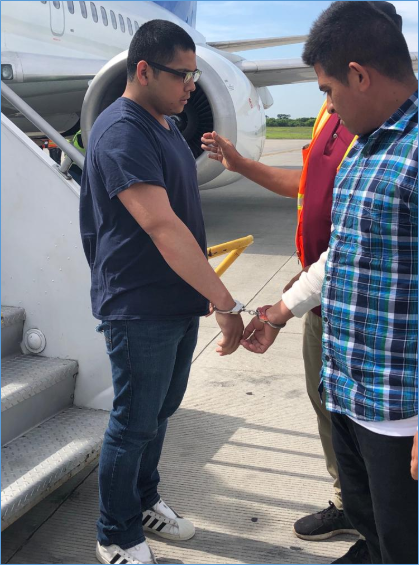10:01
ICE prioritizes removing criminal noncitizens
Take a behind-the-scenes look at the high profile removal process

Since U.S. Immigration and Customs Enforcement (ICE) was established in March 2003, the agency has removed hundreds of thousands of noncitizens, some of whom fall under the category of high-profile removals.
High-profile removals are not only a danger to communities, but they also pose a threat to the officers who apprehend them and ICE’s Enforcement and Removal Operations (ERO) officers who escort them back to their home countries, which may be as close as Mexico or as far as Yemen, Iraq, Rwanda and the Czech Republic.
Which criminal noncitizens fall under a high-profile removal status? Most are fugitive noncitizen removals, meaning that he or she is wanted for a crime in another country regardless of the severity of the crime. Fugitive noncitizen removals cases generally involve those who’ve committed serious crimes, including murder, rape, sexual abuse of a minor, drug offenses, noncitizen smuggling, fraud or theft. Some high profile removals are national security risks, such as suspected terrorists, those involved in counter-proliferation crimes or are on the Terrorist Watch list and/or the No-Fly list.
The arrest and removal of high-profile criminal noncitizens send a powerful message to the rest of the world: United States will not allow it’s free and open society to be used as a hiding place for another nation’s most violent criminals and human rights violators to use as an escape from justice.
Since January 2017, a sample of the foreign fugitives ICE has removed include:
- Mariia Butina of the Russian Federation
- Carlos Raul Garcia-Cantarero of El Salvador
- Elmer Hernandez-Natareno of Guatemala
- Erick Raudales-Raudales, aka Gerson Reiniri Raudales-Acosta of Honduras
- Ysidro Mendoza-Guzman of Mexico
- Kelbin Alberto Perez De Los Santos of Dominican Republic
- Gregorio Gaytan-Estrada of Mexico
- German Reyes-Benitez of El Salvador
- Jacinto Matom-Brito of Guatemala
- Rasmieh Yousef Odeh of Jordan
- Carlos Humberto Alvarenga Miranda of El Salvador
- Ramon Castillo-Muñoz of Costa Rica
- Oscar Gomez Cifuentes of Colombia
- Guilber Noe Sevilla-Rozales of Honduras
- Jose Gonzalez-Avila of Mexico
- Jesus Guitron-Aguilera of Mexico
- Inocente Orlando Montano of El Salvador
- Alexander Jovel-Guillen of El Salvador
- Jorge Ochoa-Martinez of Mexico
- Jorge Luis Malaga-Estrada of Mexico
- Oscar Anibal Benitz-Flores of El Salvador
- Melvin Armando Cortez-Moreno
- Miguel Zelaya of Honduras
- Luis Ordonez-Vega of Guatemala
- Jorge Garcia of El Salvador
- Lulzim Neziri of Kosovo
- Victor Manuel Campos Cruz of El Salvador
- Glenda Lissette Campos-Rivera of El Salvador
- Jose Rosa Munoz of El Salvador
- Ignacio Leonel Campos-Chamagua of El Salvador
- Luis Elenilson Hernandez Orellana, Angel David Orellano Jandres, and Miguel Hernandez Orellana of El Salvador
- Alvaro Johel Angel Angel of El Salvador
- Pedro Juan Crus Cortez of El Salvador
- Said El Ouizi of Morocco
- Tomas Mann of the Czech Republic
- Marcin Kuczynski of Poland



